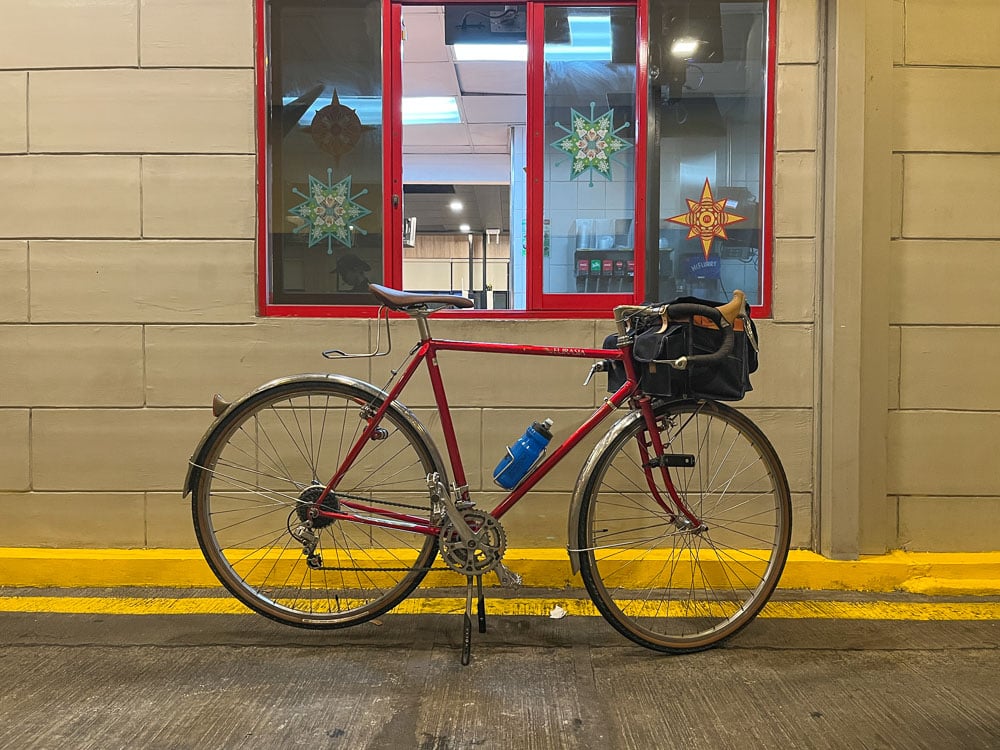
When the cars are away, the bikers come out to play. The week between Christmas and New Year is one of the best times to be out cycling. The weather is cooler, and there are fewer cars on the road with more people on vacation. So, I joined some friends to go on a Laguna Loop.
Among cyclists, a Laguna Loop refers to a bike ride where the route travels around Laguna de Bay—either in a clockwise or a counterclockwise direction. It can go for as long as 200km, taking a whole day to complete.
The group consisted of five cyclists and two riders acting as support. The meetup time was 4am at Ortigas Center in Pasig, and we rode out at 4:15am. The hardest part of any long ride is getting in and out of Metro Manila. This was especially true on that day.
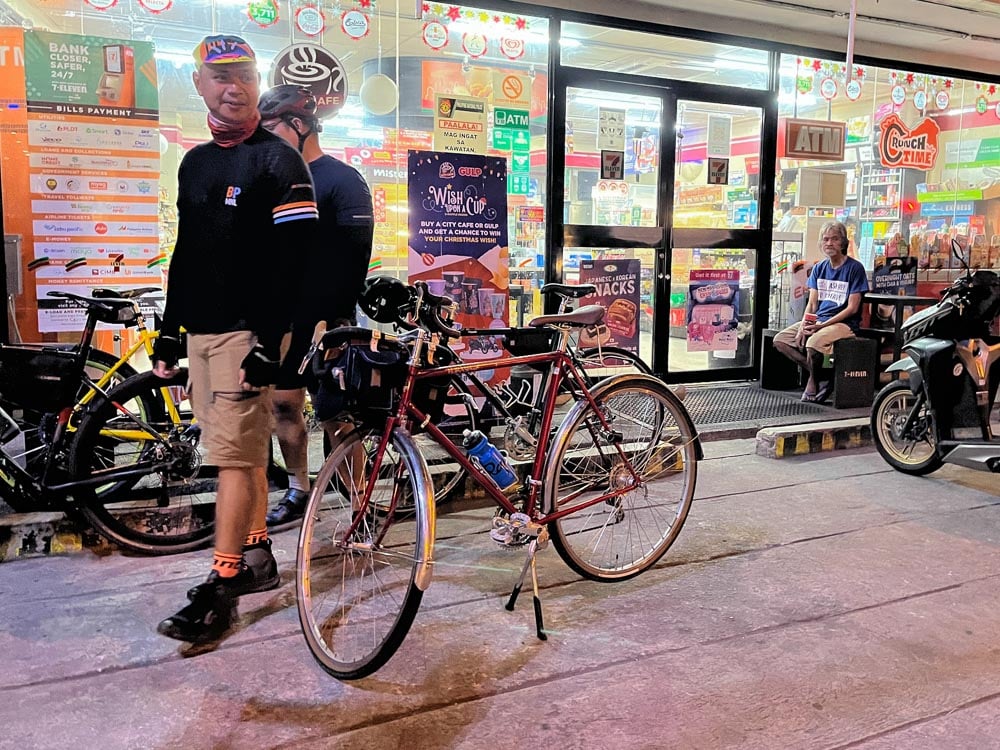
After descending Ortigas Avenue, we turned right on C5 and pedaled all the way to East Service Road to get out of Metro Manila. This was easily the worst part of the whole ride. I knew C5 was going to be horrible with the potholes and all, but East Service Road was a different animal.
It was as if all the cars on SLEX—along with bicycles, motorcycles, tricycles, jeepneys, and trucks—were jammed into a narrow two-lane road, where the traffic flow is hectic for one moment, until a vehicle stops and brings everyone to a standstill.
As much as I wanted to give way to faster vehicles out of courtesy, there was simply no space. There wasn’t even a sidewalk for me to fix my bike when its chain dropped. And to think this wasn’t even rush hour on a normal day. Thankfully, the route diverged from the service road after Alabang.
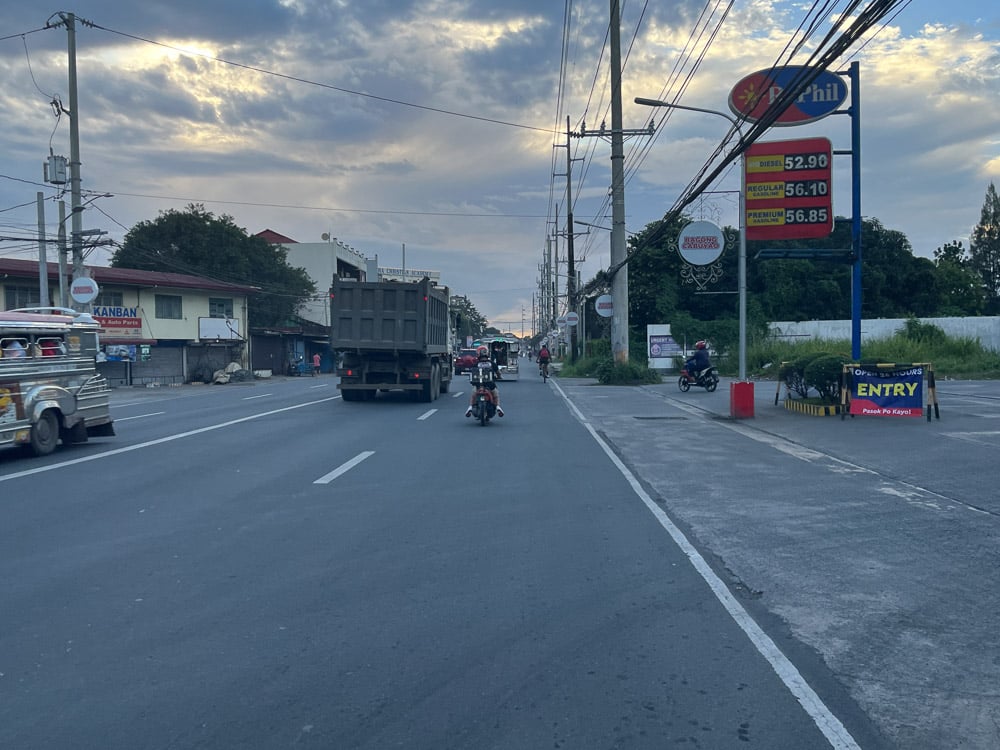
I was now on the national highway passing through the different cities in Laguna. You’d think that life would be simple with only two lanes moving forward. But that isn’t exactly the case when the outer lane is also the shoulder, the sidewalk, the street parking, and the drop-off area for PUVs.
Traversing the national highway was a constant cycle of looking ahead and seeing a stopped vehicle, checking behind for oncoming ones, signaling my intent before changing lanes, and then returning to the outer lane only to repeat everything. This was a bit tricky, and it really tested my skills in bike-commuting.
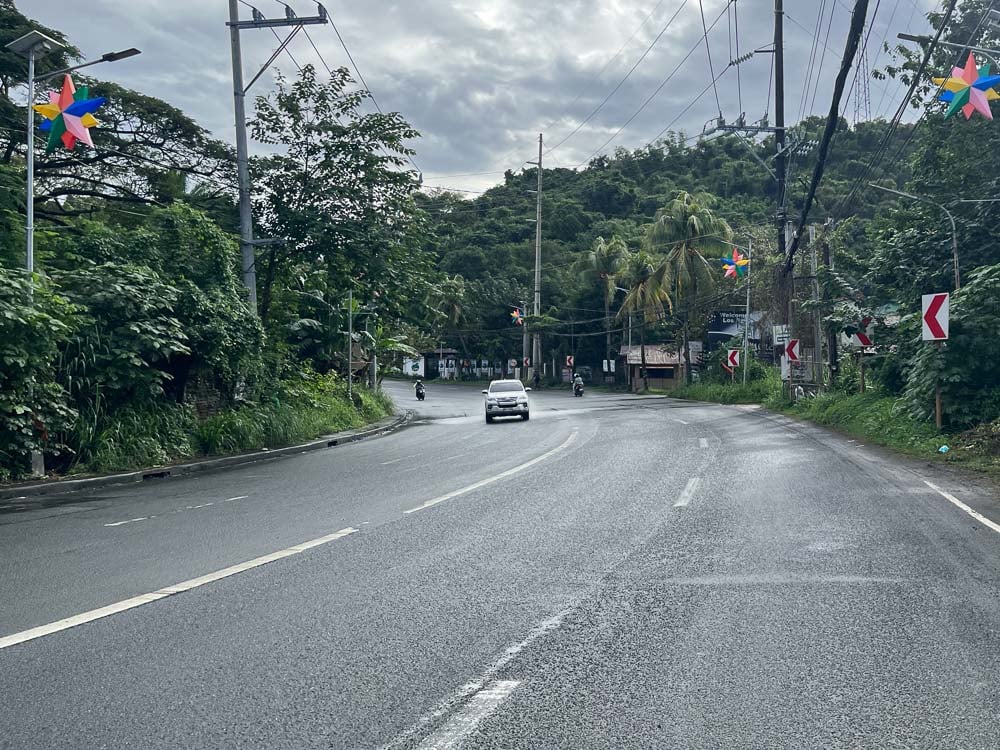
Stay too long on the inner lane and I risked pissing off those behind me. Wait too long before changing and I could find myself stuck in between a rock and a hard place—unable to move forward because of the obstruction, yet also unable to change lanes because of the faster-moving traffic. And the last thing anyone would want when biking for long distances is to lose momentum and consume even more energy.
This wasn’t pleasant, and conflict was inevitable—considering some motorists don’t even respect each other’s turn signals. But I did learn a valuable lesson. It’s better to look like an asshole for a moment than to slam into the back of a jeepney. (I use the term “look” because there’s nothing inherently wrong with bikers changing lanes to avoid hazards and obstructions.)
If things weren’t chaotic enough, a paint bucket flew out of a truck ahead of me. And after landing on the ground, it rolled around a bit on the road. So, I had to avoid it as if it were a green shell from Mario Kart.
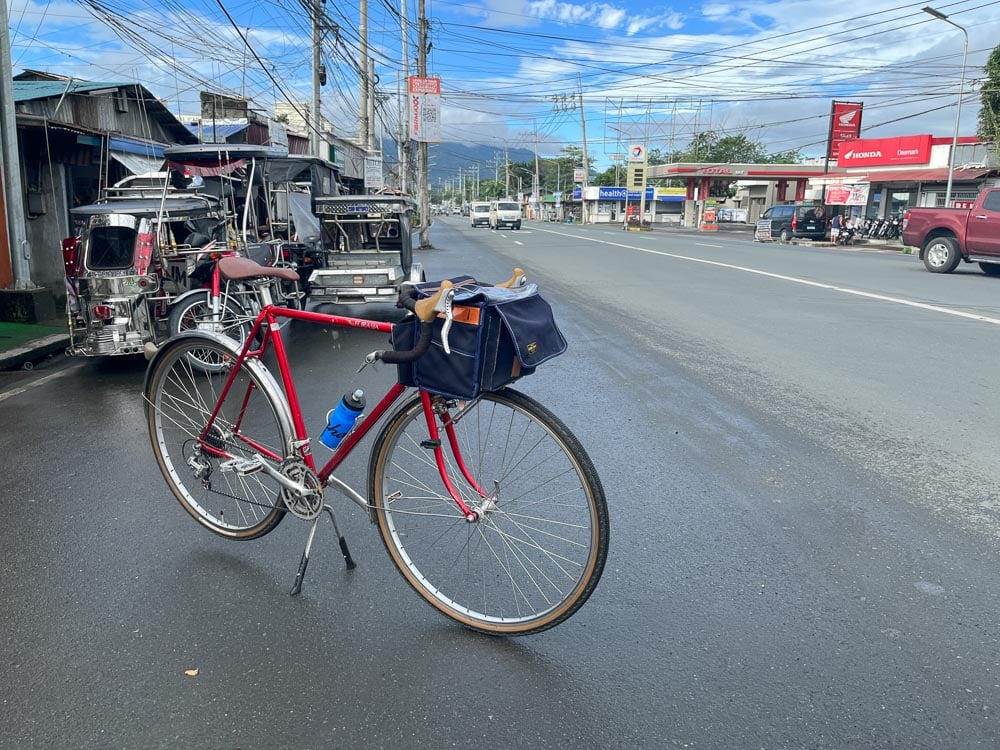
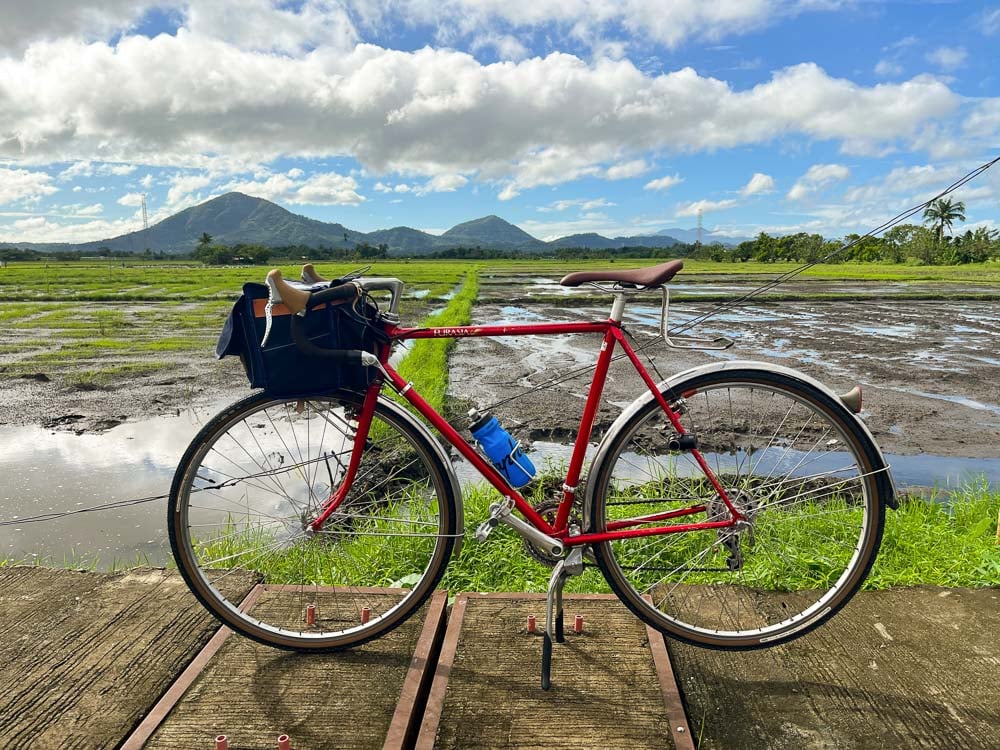
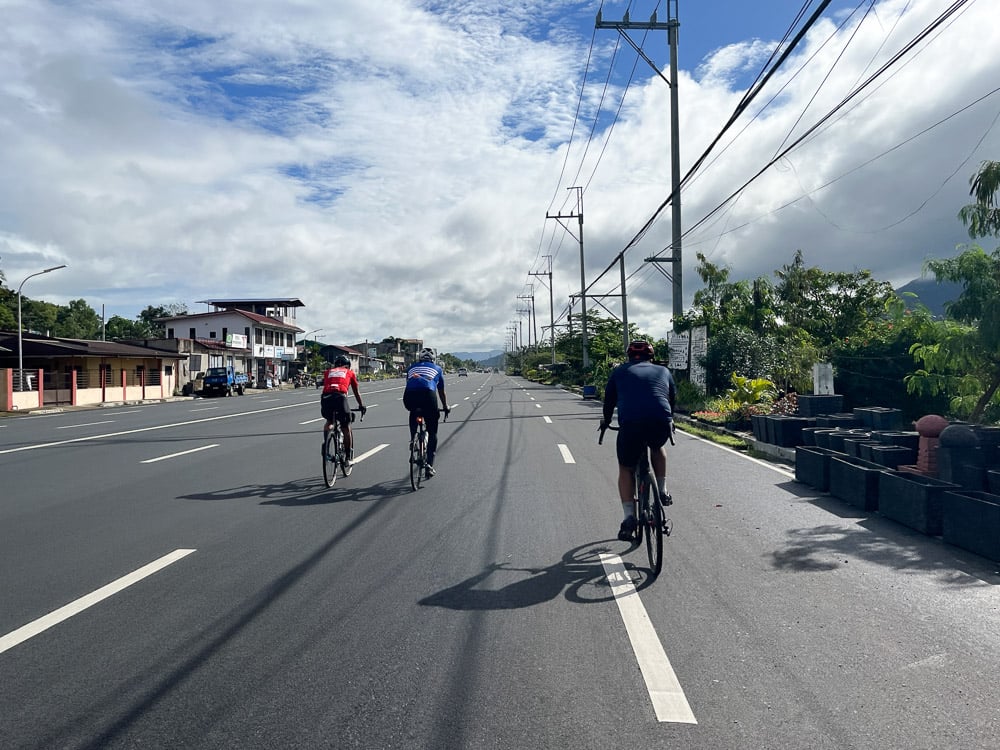
Upon reaching Los Baños, the traffic lightened after the town proper, and the landscape was filled with more greenery. The worst part was over, and I could now enjoy the ride. The weather was cloudy with an on-and-off drizzle. It was perfect as it meant the heat was never scorching hot, and the rain didn’t pour too heavily.
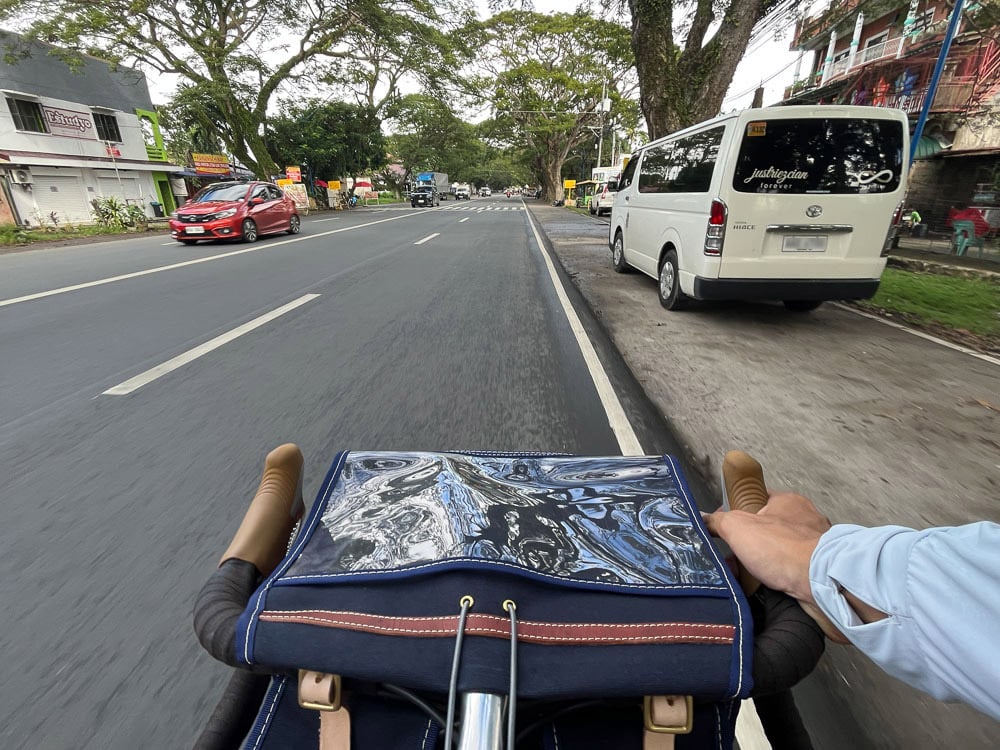
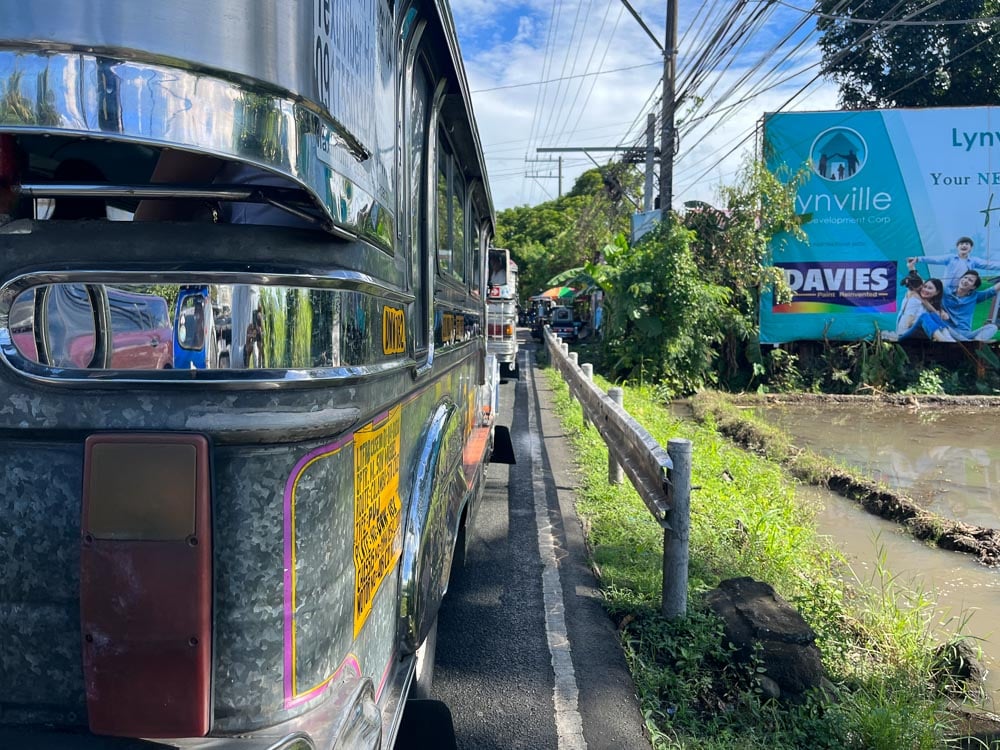
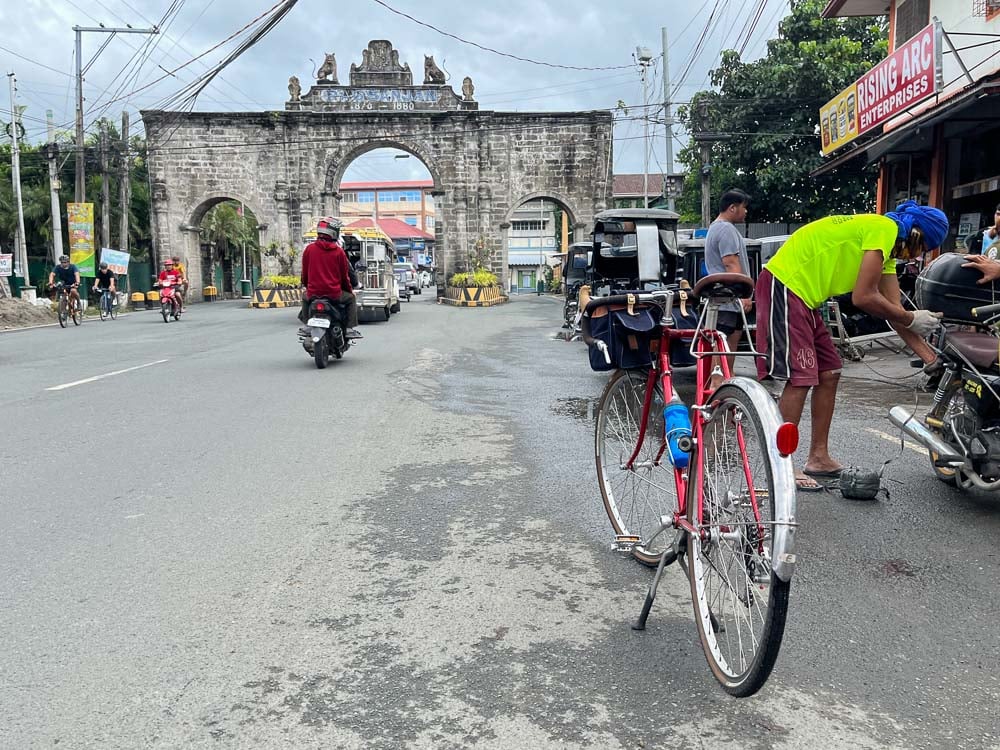
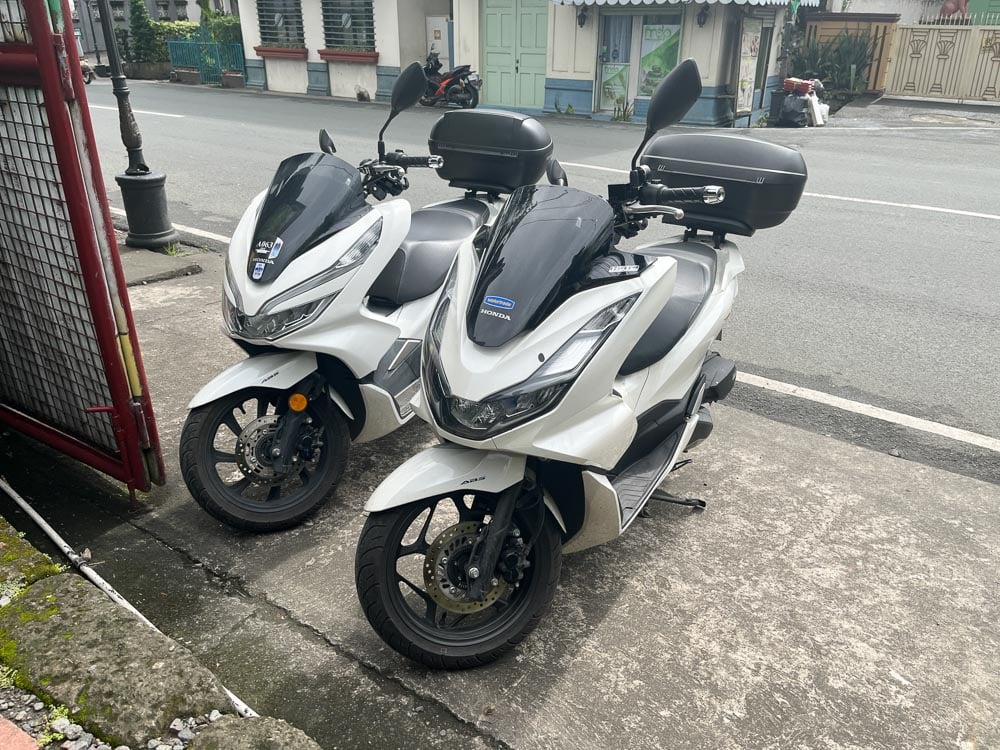
Pagsanjan was the halfway point where the group stopped to have lunch. It was important that everyone was recharged for the climbs that were to follow. For me, going up Lumban was challenging—not because of the gradient, but because of the narrow two-lane road. Overtaking was a coordinated effort as I had to signal to those behind me when the other lane was clear for passing.
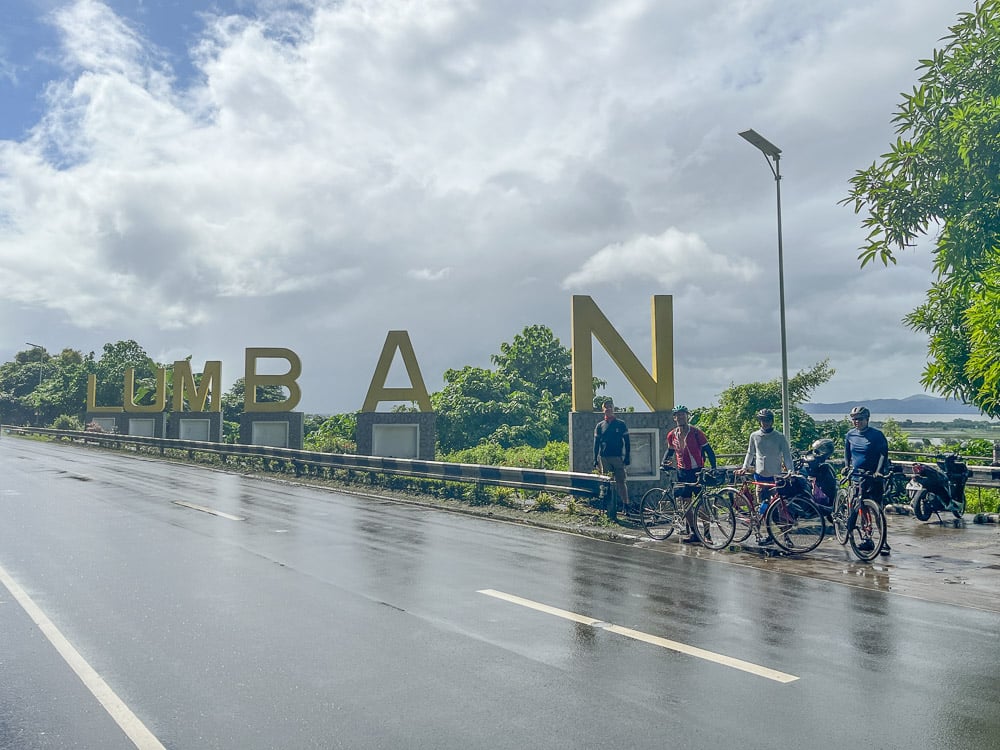
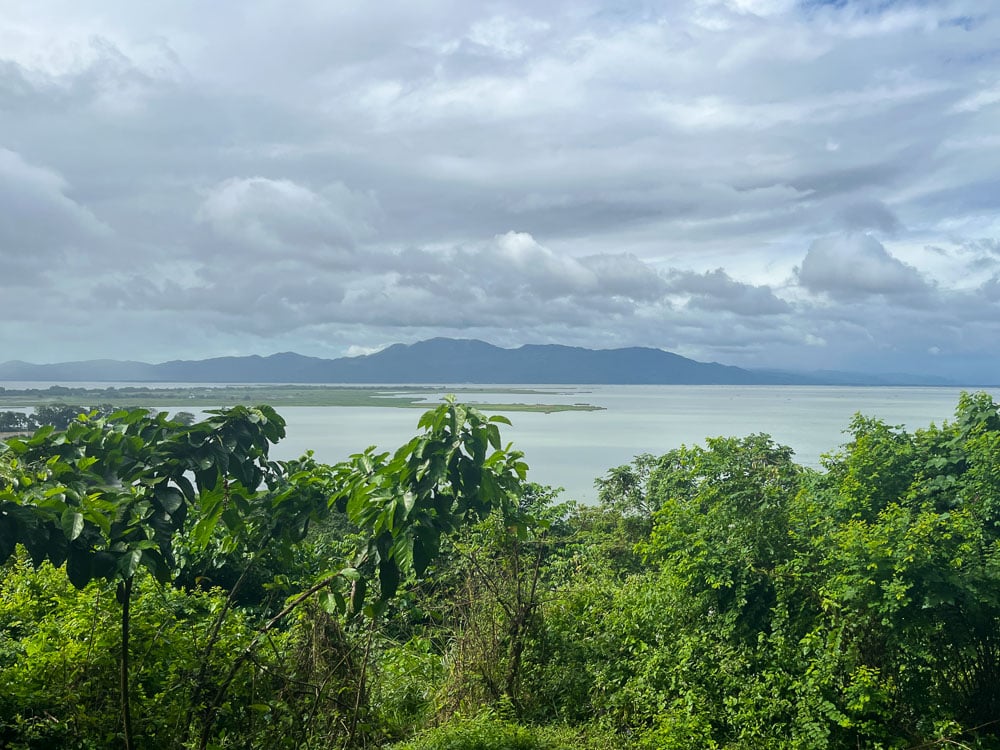
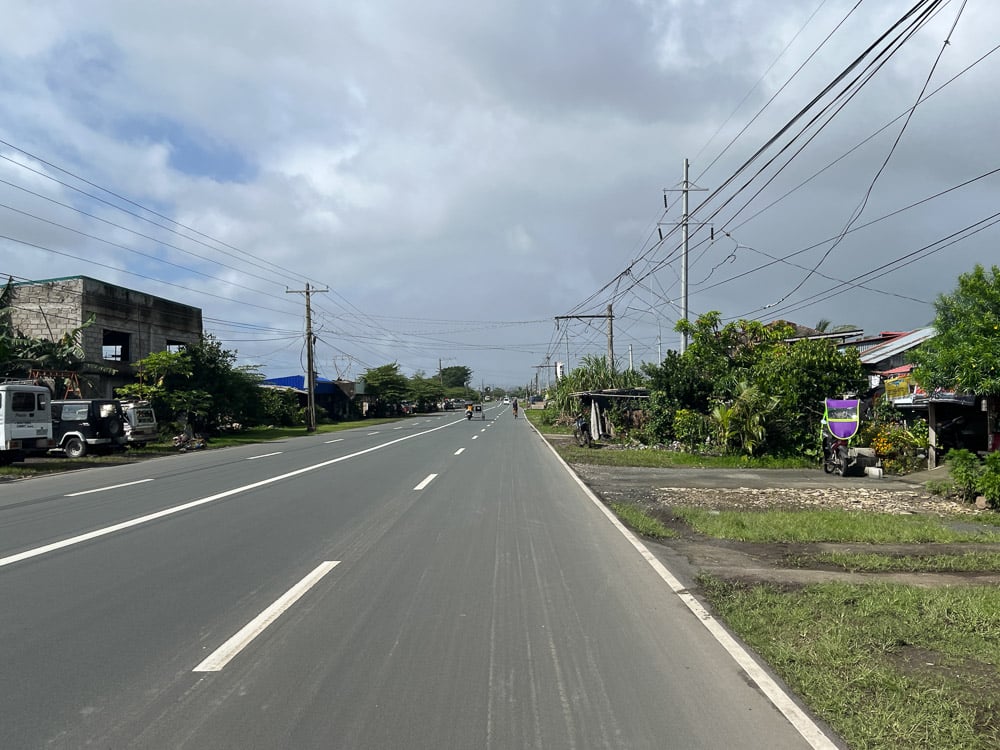
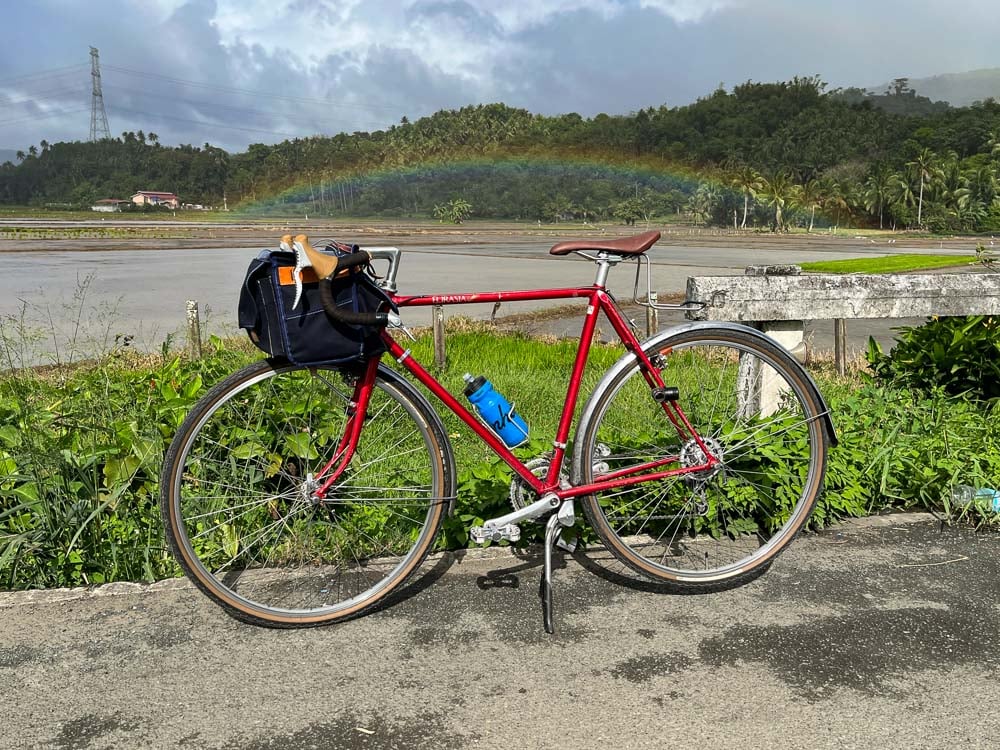
After Lumban, the terrain was relatively flat again. However, a strong headwind made pedaling even more tiring. I almost had to shift to my lightest gears. And my rando bag up front didn’t help with all the drag it caused. Everyone regrouped at the foot of the mountain in Mabitac, where we had merienda plus coffee before proceeding with the climb.
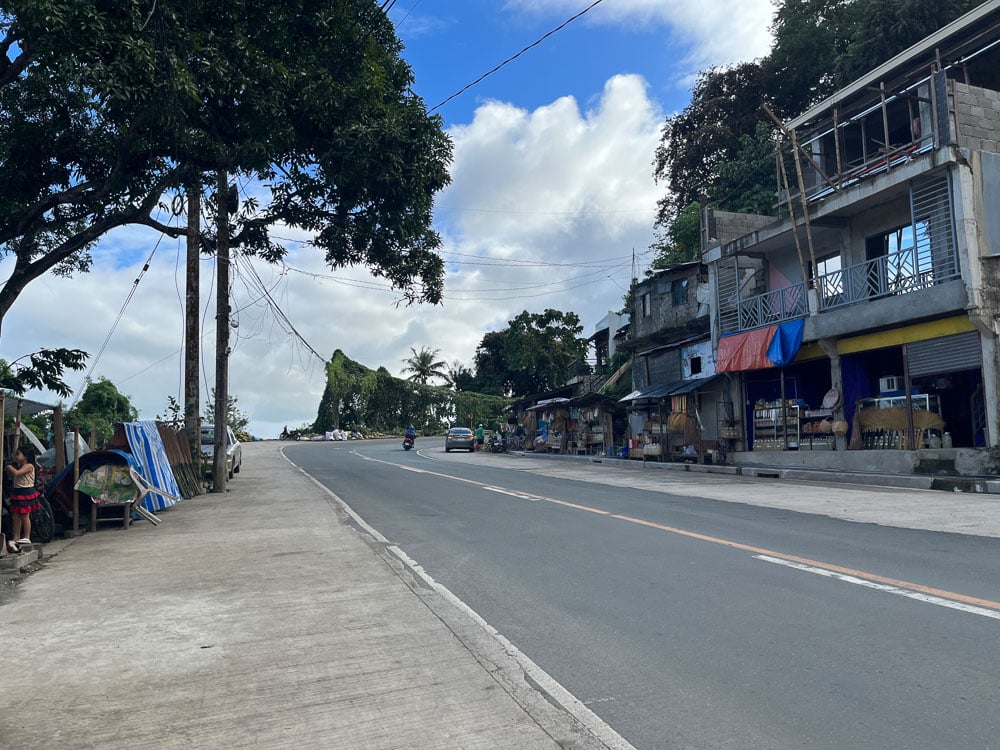
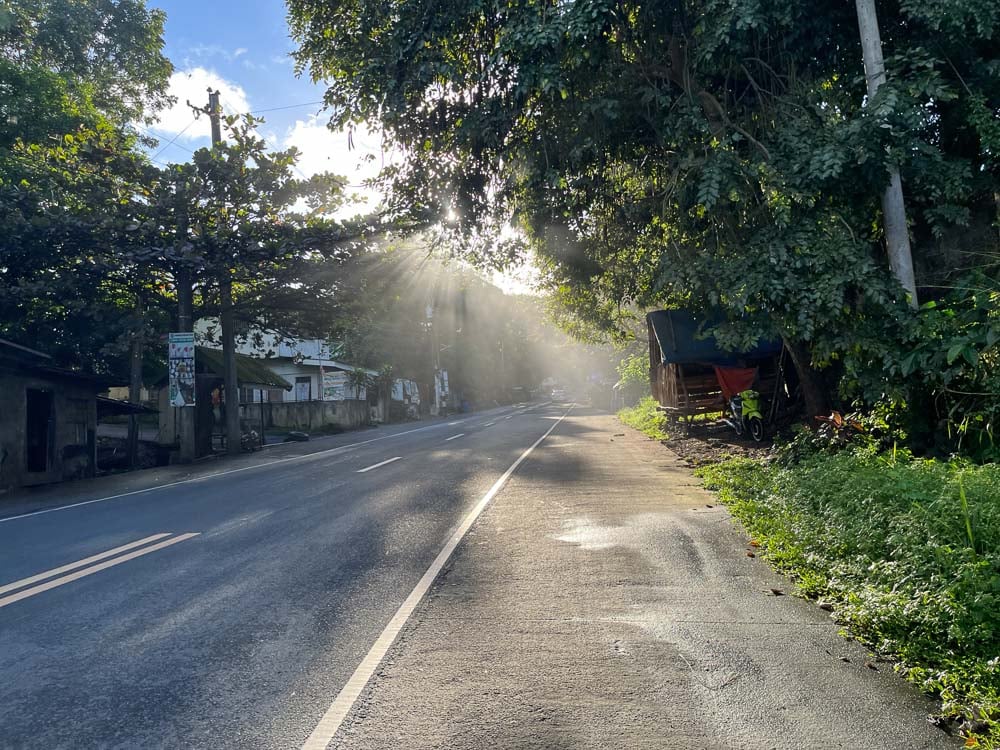
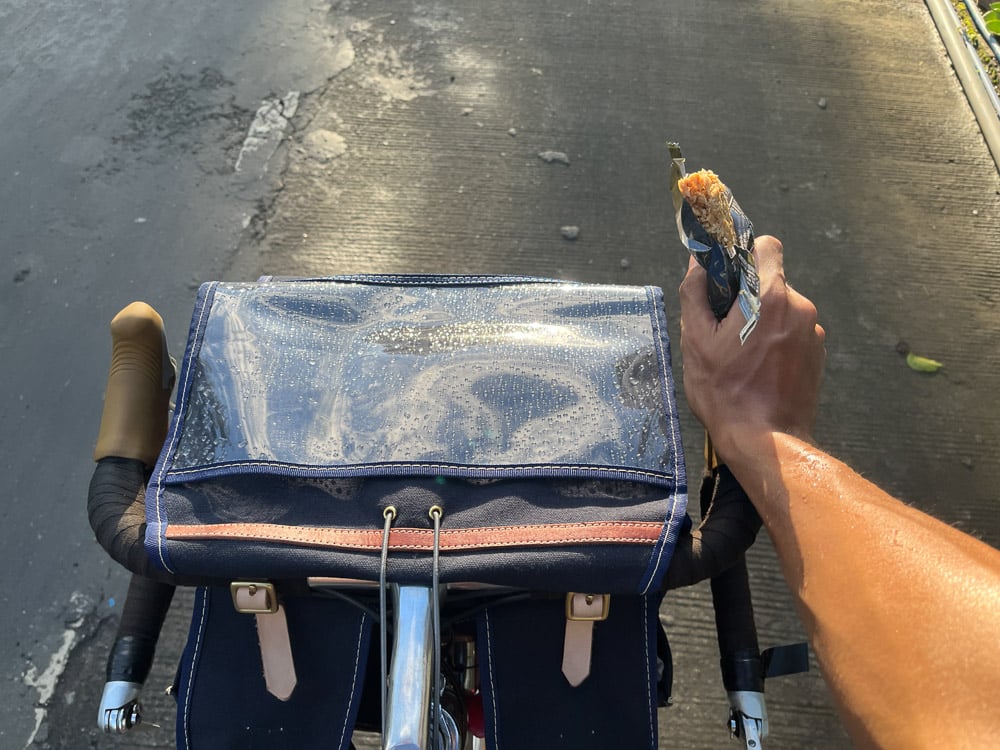
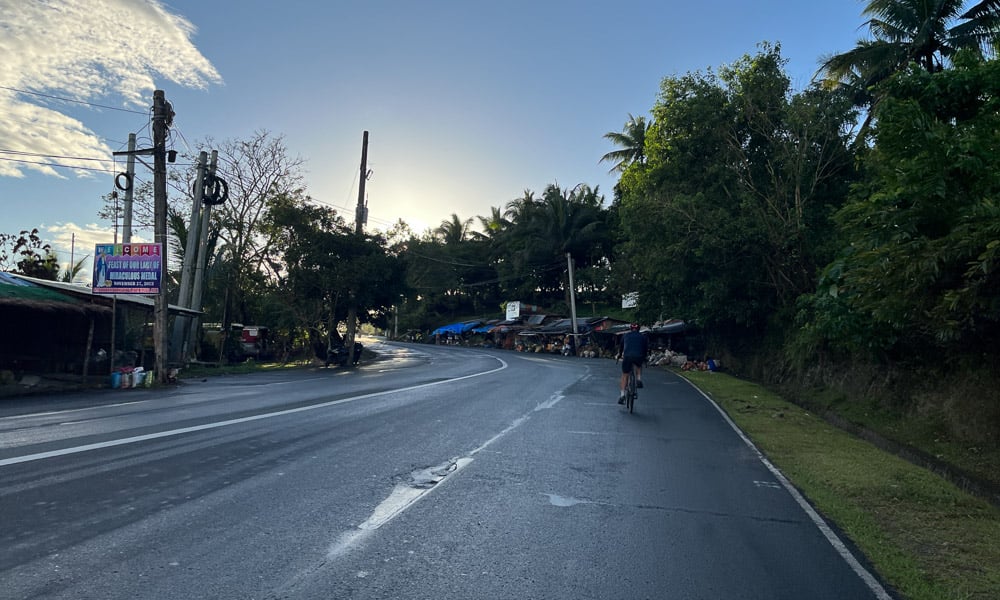
Having cleared more than 100km, I was expecting the Mabitac climb to be tiring. But this was the most leisurely part of the ride for me. Golden hour was approaching, and there were barely any cars on the tree-lined mountain pass. It was so chill that I was even able to eat trail bars while lightly spinning the crank at my granny gear.
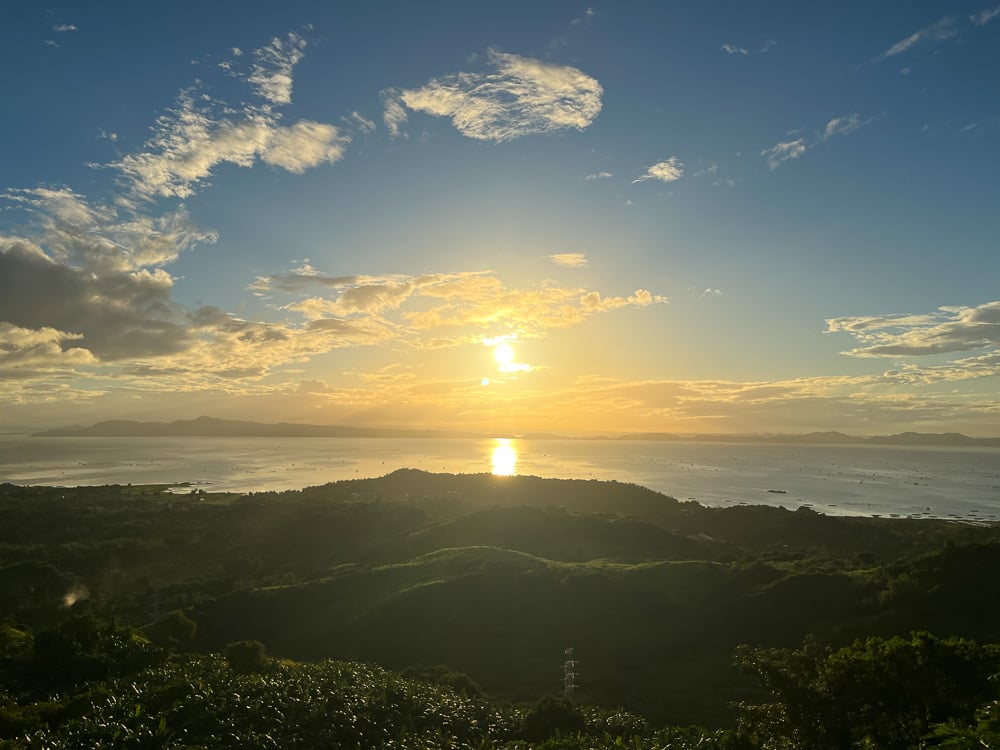
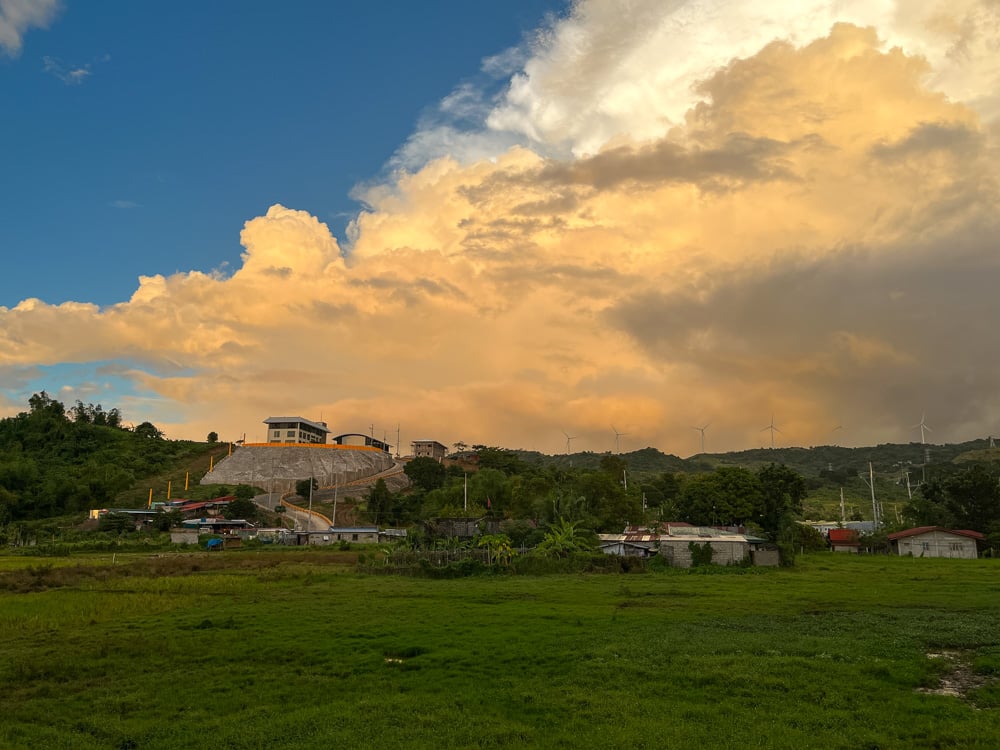
After gaining the high ground, I was rewarded with a panoramic view of Laguna de Bay illuminated by the setting sun. As much as I wanted to sit still and enjoy the moment, I was still a long way from home. What followed was a scenic descent accompanied by glimpses of the Pilillia Wind Farm.
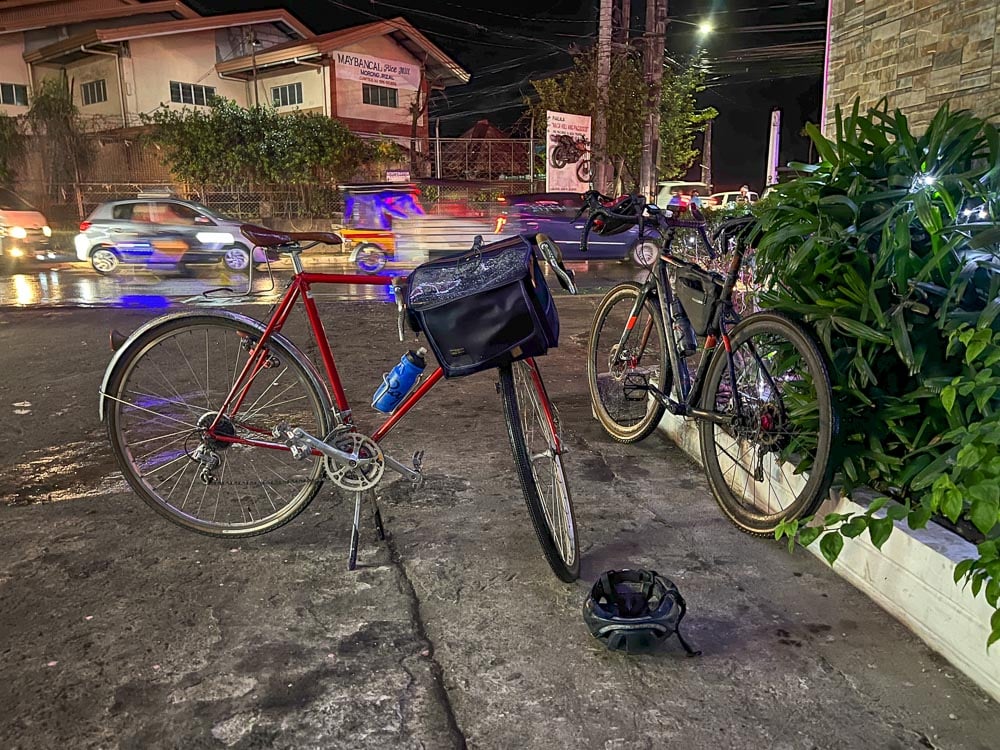
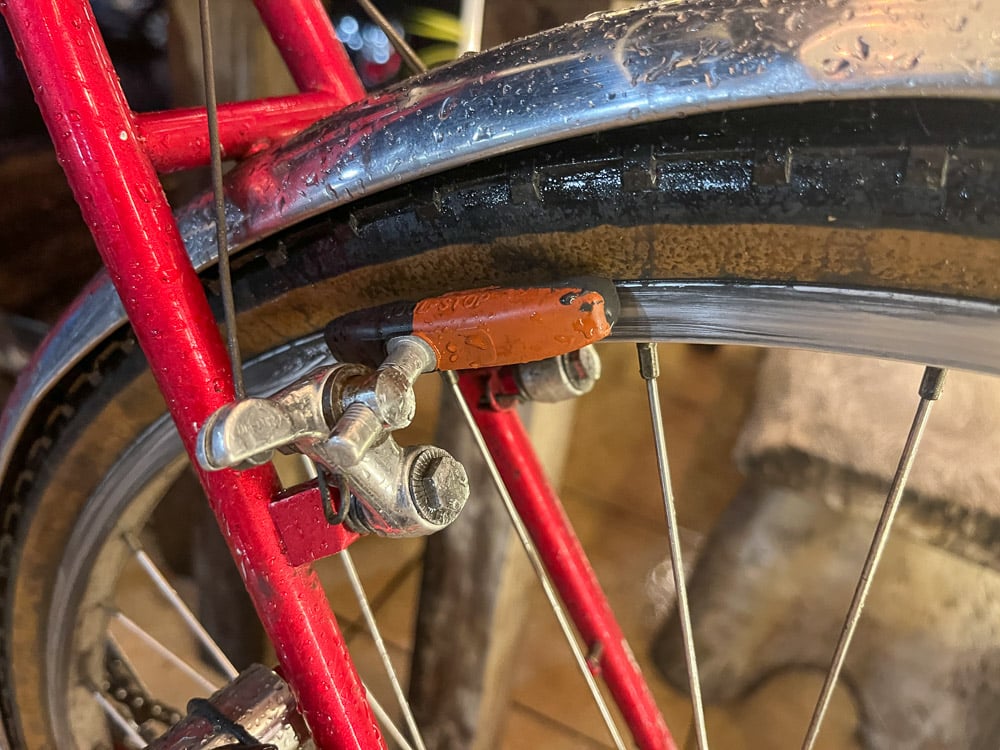
The fun part was over, and now the sun was down, too. Going through Tanay, Morong, and then Baras, I felt more like a rally driver than a cyclist—navigating through dimly lit roads congested with traffic, in the rain.
The wet cantilever brakes barely had any bite, and I only had my front light to guide me as I tried to make out the lane markings through my rain-soaked glasses. Visibility was so poor that I couldn’t even tell what constituted the edge of the road—all while being wary of the vehicles behind me.
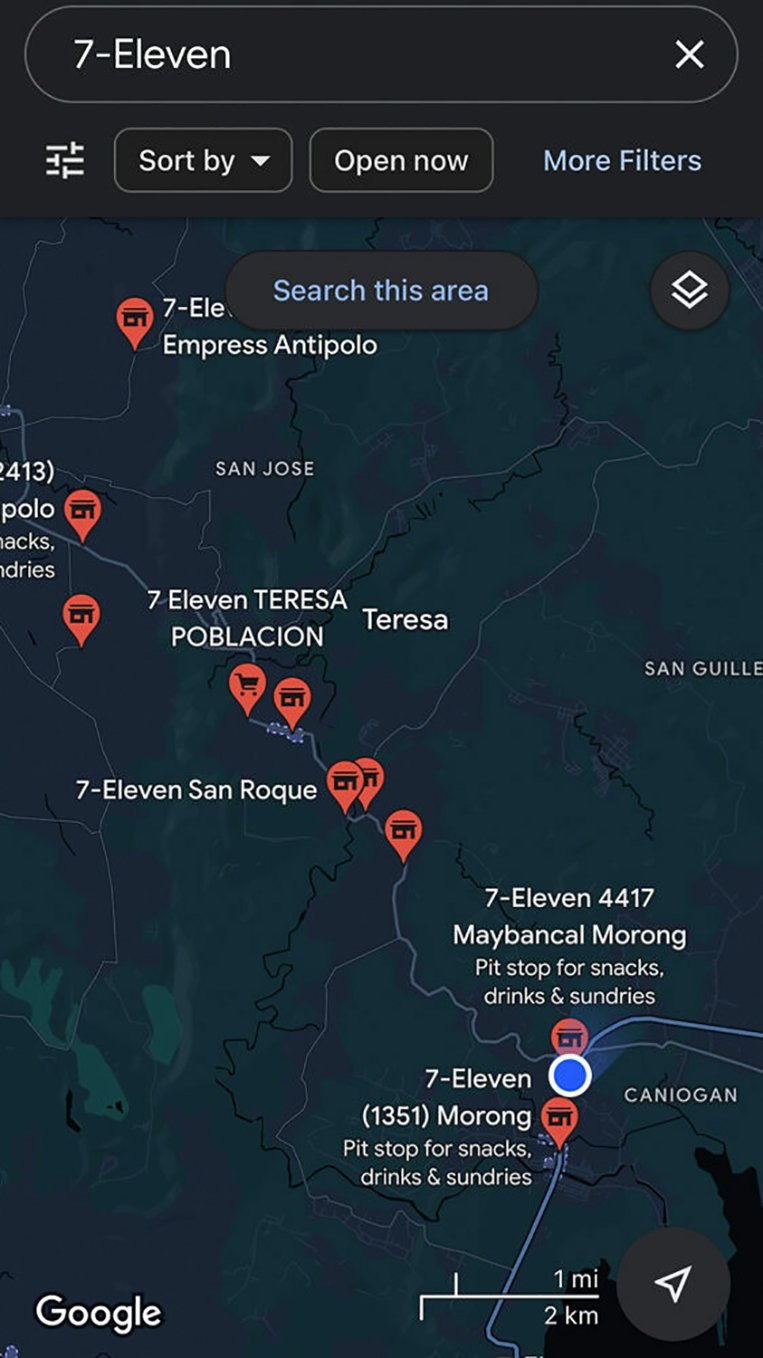
I felt like shit hit the fan when the group was separated. Although the meetup point was at 7-Eleven, that’s pretty much the same as finding a needle in a haystack when there were multiple branches on the way to Teresa. We never regrouped as one of the bikers and the two riders went home ahead.
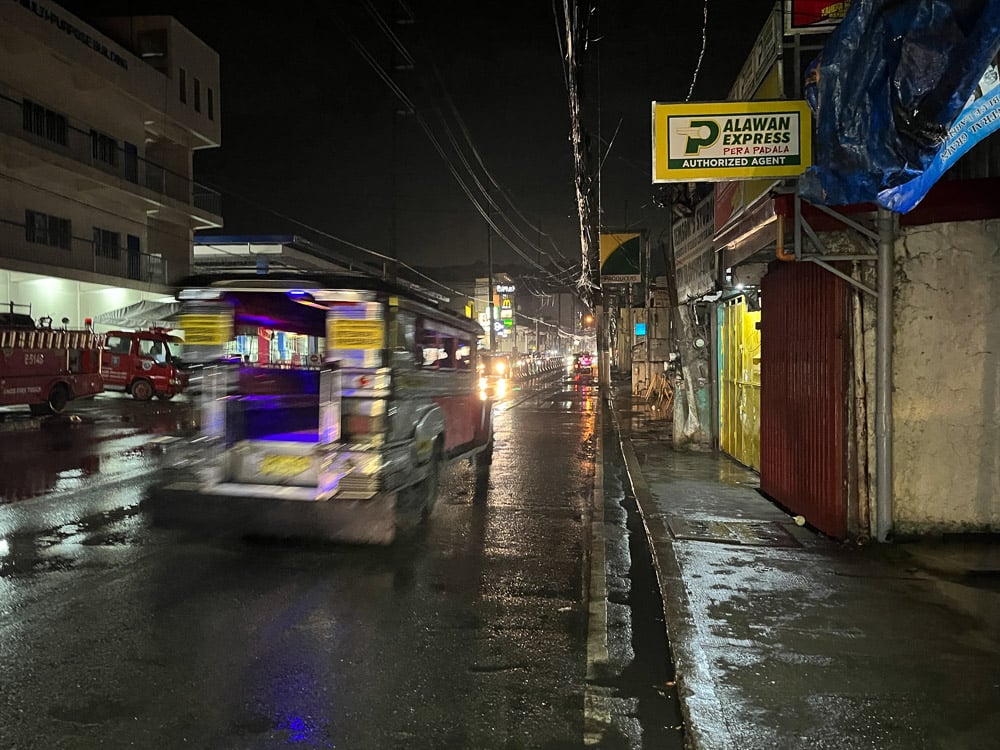
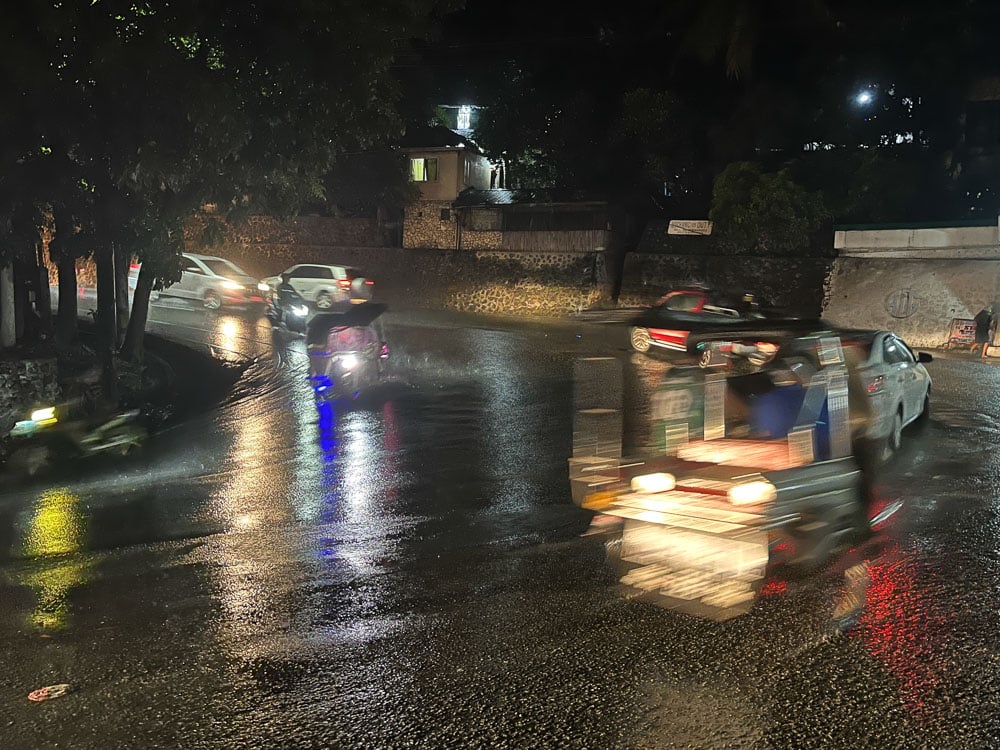
Thankfully, the remaining three cyclists waited for me before we faced the switchbacks of Teresa. It was still raining at night, and I was more than 20km away from home. Yet, I had a sense of tranquility knowing that I wasn’t alone in this ordeal.
Surprisingly, the climb wasn’t as grueling compared to before, probably because my bike was better prepared this time around. If anything, I was more drained mentally than physically from having to deal with all the stress.
With the final boss defeated, all that was left was to descend from Antipolo and go through Ortigas Avenue Extension. I didn’t look forward to passing through that part of Ortigas Avenue, remembering a video where even a pedestrian got stuck in traffic. But the road that night was pretty clear.
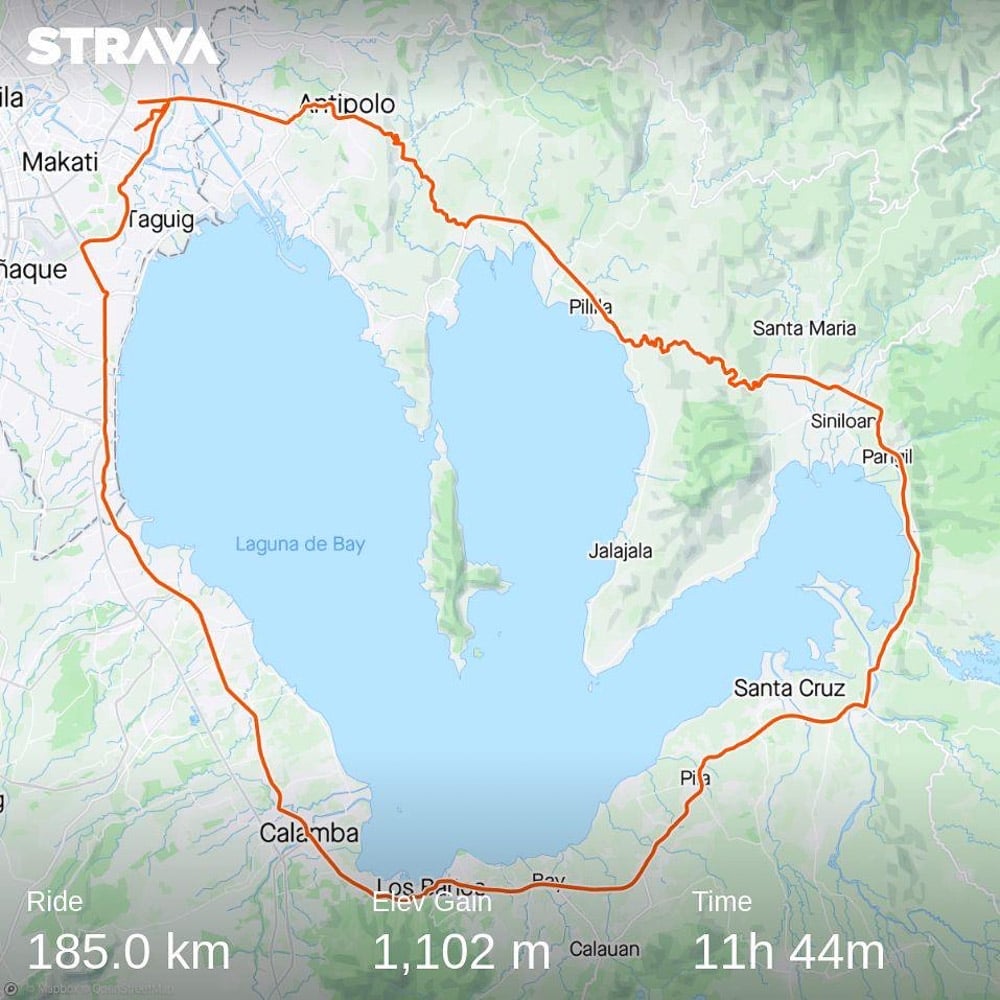
Upon reaching the intersection at C5, I was finally on the home stretch with one last climb at St. Martin (or Ultra). After being out for a total of 17 hours (according to Strava), I arrived home past 9pm. I freshened up before going to a nearby restaurant to eat dinner and contemplate on what had just happened.
It seemed surreal. Although I traveled a total of 185km, the ride didn’t feel that draining, almost as if I had just spent the whole day leisurely biking around Kapitolyo. The distances we covered in between stops were far, but not unreachable.
Traveling 20km within an hour sounds impossible on a normal day in Metro Manila, yet that was the normal pace in the province on the flats. Of course, I wouldn’t cycle that far when commuting. Yet, it’s amazing how I was able to do all of this with just my own two legs and an old, steel bicycle.
Overall, the Laguna Loop was quite different from my usual long rides. Being that far out, there was no turning back. And I couldn’t book a Grab or a Lalamove to get back home. All I could do was bike to survive.

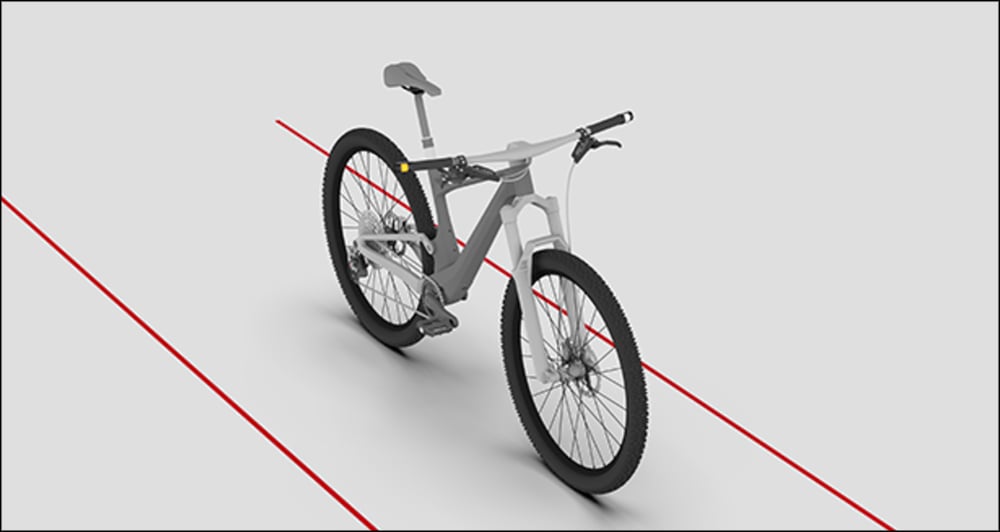

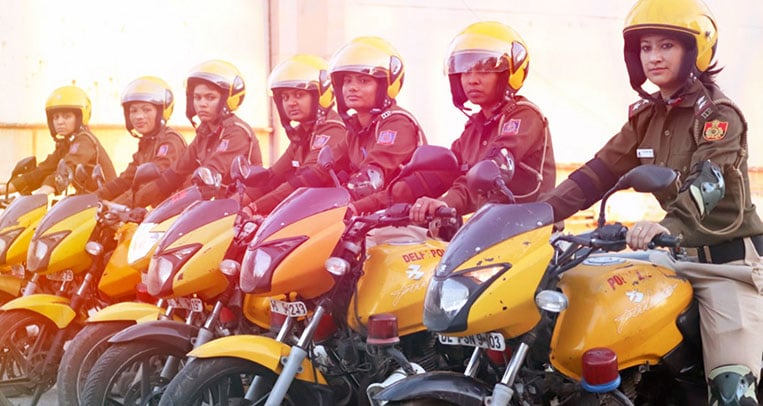
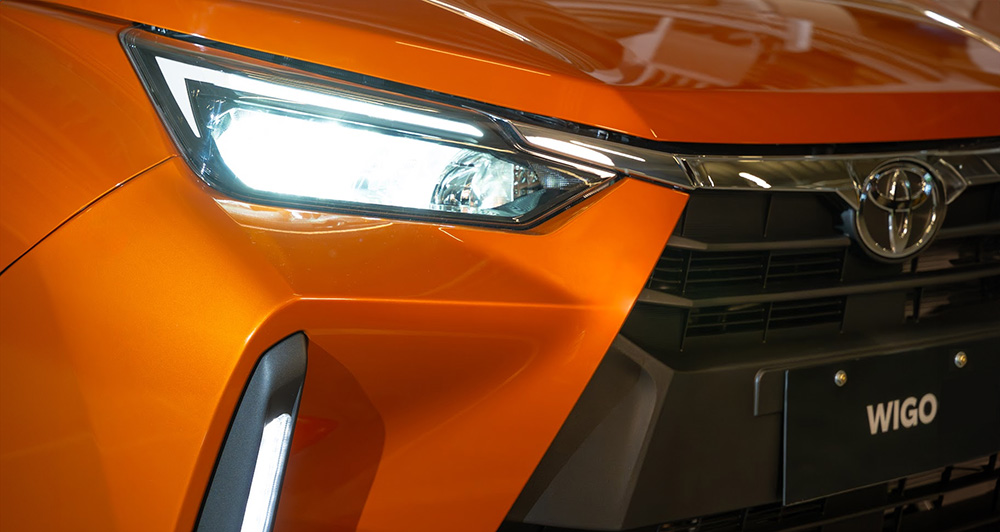
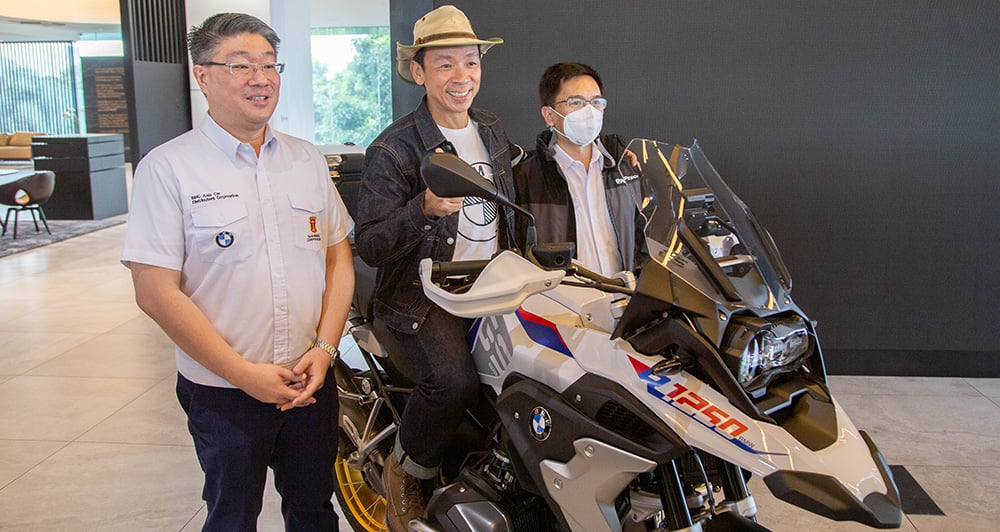
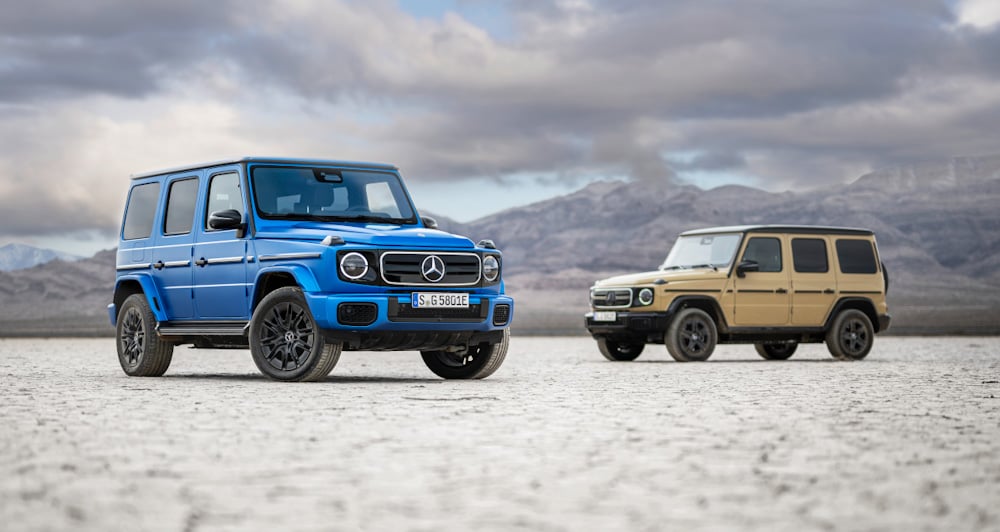
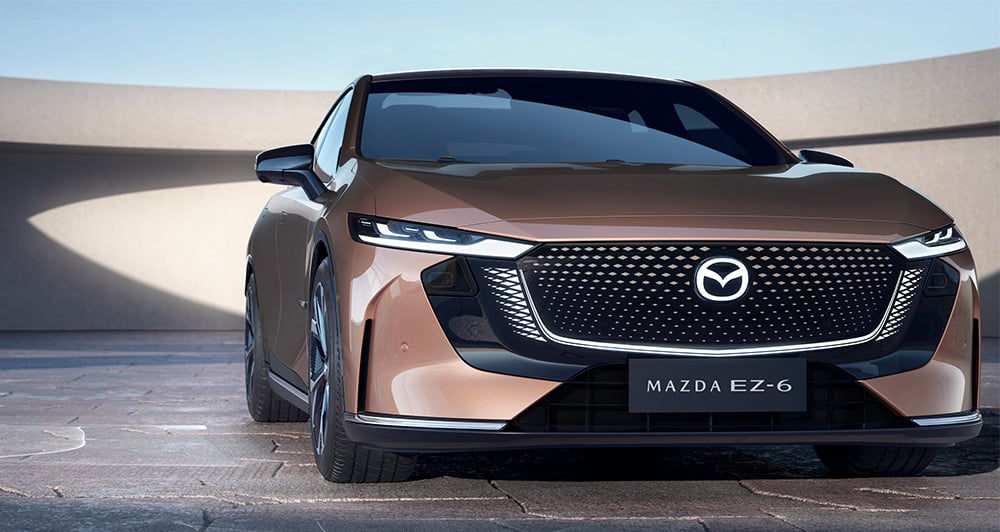
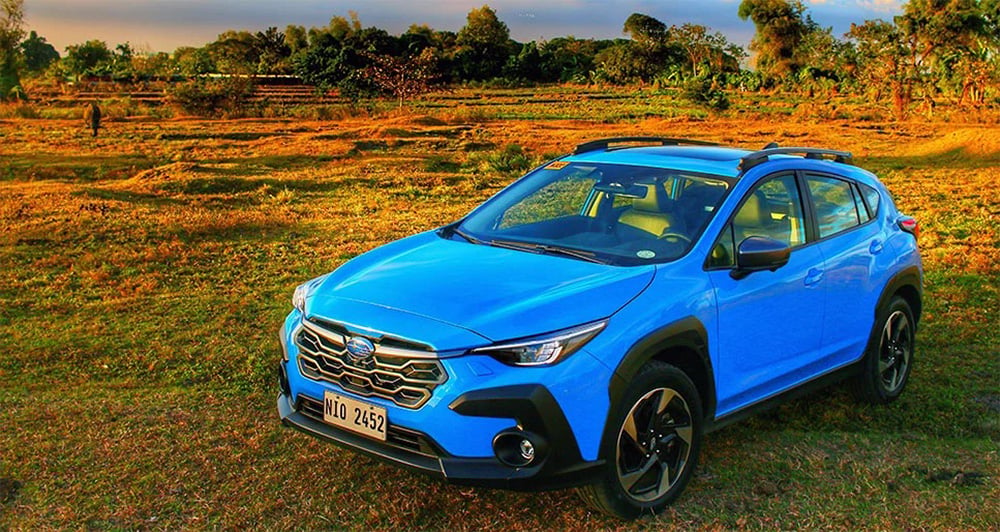


Comments